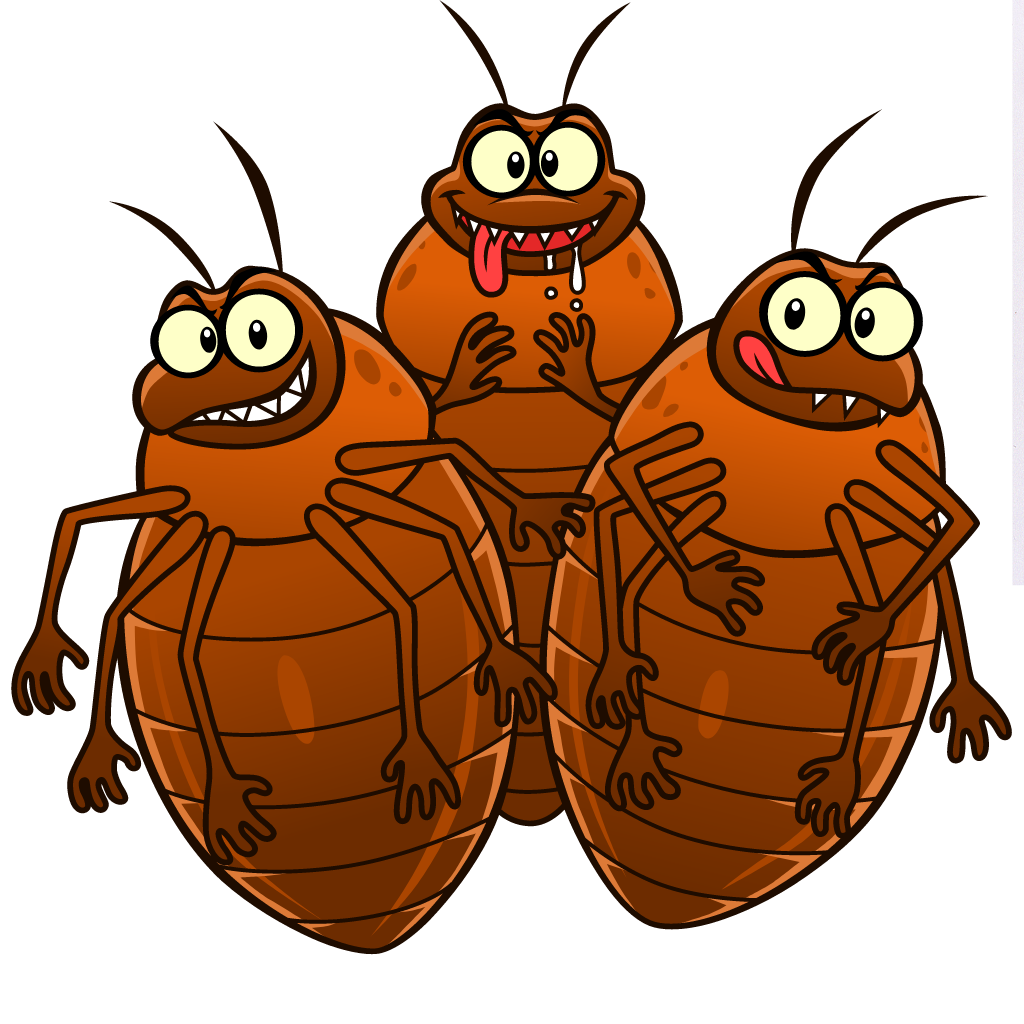How do dogs get fleas?

Fleas can cause some major discomfort for your pup, and by “major,” we mean an itch that just won’t quit. It’s like a never-ending game of tag, but instead of tagging your friends, your dog is being tagged by these pesky little parasites.
Why Do Dogs Get Fleas?

Well, it turns out that dogs can get fleas in a number of ways. Maybe they picked them up on a walk outside, or maybe they got them from another furry friend. Or perhaps they’re just really, really good at playing hide-and-seek with fleas!
In all seriousness, though, fleas can be a real pain for your pup. These pesky insects are small but mighty, and they can cause a lot of discomfort and even health problems for your furry friend. That’s why it’s important to keep an eye out for signs of fleas, like excessive scratching or tiny black or brown bugs on your dog’s fur. And if you do find that your dog has fleas, don’t worry – there are plenty of effective treatments available to help get rid of them and keep your pup feeling happy and healthy.
Where Do Fleas Come From?
Fleas are believed to have evolved from fly-like insects over 50 million years ago. The earliest known fossil of a flea-like insect dates back to the late Cretaceous period, which was about 65 million years ago.
Today, fleas are found throughout the world, although their distribution can vary depending on the species. They are often associated with domestic animals, such as dogs, cats, and rodents, but they can also infest wild animals, including deer, raccoons, and squirrels.
How to Know if Your Dog Has Fleas
It’s essential to know the signs of fleas on your dog. The most obvious sign is excessive scratching, licking, or biting of the skin. You may also notice small black or brown fleas moving around on your dog’s fur, or tiny red bumps on their skin. In severe cases, your dog may lose hair or develop a rash.
What Are Fleas Attracted To?
Fleas are attracted to warmth, movement, and the presence of carbon dioxide, which is produced when animals and humans breathe. They are also attracted to certain chemicals found in the skin and fur of their hosts.
Fleas are most commonly associated with domestic animals, such as dogs and cats, and they are often attracted to pets that have not been treated with flea preventative medications. They are also attracted to wildlife, such as rodents and squirrels, and can infest homes that are located near wooded areas.
In addition to being attracted to animals, fleas can also be attracted to certain environments. They thrive in warm and humid conditions, and they are often found in areas where pets spend time, such as beds, carpets, and furniture. Fleas can also infest outdoor environments, such as gardens and parks, where they can be carried indoors on clothing or other items.
Do Fleas Die in Winter? Can Dogs Get Fleas in Winter?
While fleas are more common in the summer months, they can still survive in the winter. Fleas can survive in temperatures as low as 33 degrees Fahrenheit and can live indoors year-round. So, yes, dogs can get fleas in winter.
Ticks vs Fleas: Differences Between Fleas and Ticks
Fleas are small, wingless insects that are about 1-3mm in length. They have flattened bodies that are adapted for crawling through fur and feathers. Ticks, on the other hand, are larger and have a distinctive rounded body shape. They can range in size from 1-10mm, depending on the species.
Fleas have a relatively short life cycle, and they can reproduce rapidly. Female fleas can lay up to 50 eggs per day, and their eggs can hatch in as little as 2 days. Ticks, on the other hand, have a longer life cycle, and it can take several months for a tick to go from egg to adult.
Fleas feed on the blood of their hosts, and they can consume up to 15 times their own body weight in blood in a single feeding. Ticks also feed on blood, but they tend to feed for longer periods of time, and they can remain attached to their hosts for several days.

FLEAS AND TICKS PICTURE
Ticks vs. Fleas: Unraveling the Differences
| Characteristic | Ticks | Fleas |
|---|---|---|
| Appearance | Larger, spider-like | Smaller, wingless insects |
| Life Cycle | Multiple stages including egg, larva, nymph, and adult | Four stages: egg, larva, pupa, and adult |
| Feeding | Feed on blood of host | Feed on blood of host |
| Diseases | Can transmit Lyme disease, Rocky Mountain spotted fever | Can transmit tapeworms, cause flea allergy dermatitis |
| Habitat | Tall grasses, woods | Carpet, pet bedding, grass |
Now let's answer some common questions about fleas and their treatment:

Do Fleas Fly?
Fleas cannot fly, but they can jump up to 150 times their own body length, making them incredibly agile pests.
Can Fleas Drown?
Fleas can drown, but they can also survive for extended periods in water. It’s not an effective method for treating a flea infestation.
Do fleas jump?
Fleas may be small, but they’re some of the best jumpers in the animal kingdom – able to jump up to 150 times their own body length! With their powerful legs and specially adapted body structure, fleas can jump onto and between hosts, such as dogs, cats, and humans, in order to feed on their blood. While dog fleas may only be a few millimeters long, their jumping ability allows them to cover distances of up to a foot horizontally and 7 inches vertically!However, it’s important to note that the distance that dog fleas can jump may vary depending on factors such as environmental conditions, the health and age of the flea, and the surface they are jumping from.
How long do fleas live without the host
Fleas can survive without a host for several weeks to a few months, depending on the environmental conditions. Adult fleas can live for up to two weeks without a blood meal, while flea larvae can survive for several weeks in their cocoon-like pupal stage before emerging as adults. However, the presence of a host is necessary for fleas to reproduce and continue their life cycle. Without a host, flea populations will eventually die off on their own.
Does Lysol Kill Fleas?
Lysol is not specifically designed or recommended for killing fleas. While Lysol disinfectant sprays and cleaners are effective against various bacteria and viruses, they are not formulated to target and eliminate fleas.
To effectively control fleas, it is essential to use products specifically designed for that purpose. There are various flea control products available in the market, such as flea sprays, powders, shampoos, and spot-on treatments, which are more suitable for dealing with fleas on pets, in the home, or on surfaces. It is advisable to consult with a veterinarian or a professional pest control expert to determine the most appropriate and effective flea control methods for your specific situation.
Does Alcohol Kill Fleas?
Alcohol can be effective in killing fleas, but it is not considered a reliable or recommended method for flea control. While alcohol can potentially kill fleas on contact, it does not have residual effects, meaning it won’t provide long-term protection or kill flea eggs or larvae. Additionally, alcohol can be harmful to pets and can cause skin irritation or other adverse reactions.
It is generally advised to use proven flea control methods, such as flea medications prescribed by a veterinarian or over-the-counter flea treatments specifically designed for pets. These products are formulated to effectively kill fleas at various stages of their life cycle, including eggs and larvae, and provide lasting protection.
Does Downy Soap Kill Fleas?
Downy soap is not an effective treatment for fleas. You should use a flea-specific shampoo or treatment for your dog’s skin and fur.
Does Lavender Kill Fleas?
While lavender is sometimes recommended as a natural flea repellent, it’s important to note that it is not an effective method for killing fleas. While the scent of lavender may repel fleas, it is not a potent insecticide and may not fully eliminate an infestation.
Does Baking Soda Kill Fleas?
Baking soda works by dehydrating and drying out the fleas’ bodies, which ultimately leads to their death. To use baking soda as a flea treatment, you can sprinkle it onto your carpets, furniture, and pet bedding. Leave it for a few hours, or even overnight, and then vacuum thoroughly to remove the dead fleas and baking soda. However, it’s important to note that baking soda alone may not completely eliminate a flea infestation and should be used in conjunction with other flea control methods.
Tea Tree Oil for Fleas?
Tea tree oil is sometimes recommended as a natural flea treatment, but it can be harmful to dogs if not used correctly. Tea tree oil can be toxic to dogs and can cause skin irritation or other adverse reactions. It’s best to consult with your veterinarian before using tea tree oil or any other essential oils on your dog.
Essential Oils for Dog Fleas?
There are some essential oils that are safe for dogs when used correctly, including cedarwood, lemongrass, and citronella. However, it’s important to note that essential oils can be harmful to dogs if not used correctly. Some essential oils can be toxic to dogs and can cause skin irritation or other adverse reactions. It’s best to consult with your veterinarian before using any essential oils on your dog.
References
- “Ticks vs Fleas: Differences and Similarities” from the American Kennel Club: https://www.akc.org/expert-advice/health/ticks-vs-fleas/
- “Where Do Fleas Come From?” from the Spruce Pets: https://www.thesprucepets.com/where-do-fleas-come-from-3384882
- “Fleas on Dogs: How to Know if Your Dog Has Fleas” from the American Kennel Club: https://www.akc.org/expert-advice/health/fleas-on-dogs/
- “Essential Oils for Fleas: What You Need to Know” from the American Kennel Club: https://www.akc.org/expert-advice/health/essential-oils-for-fleas/